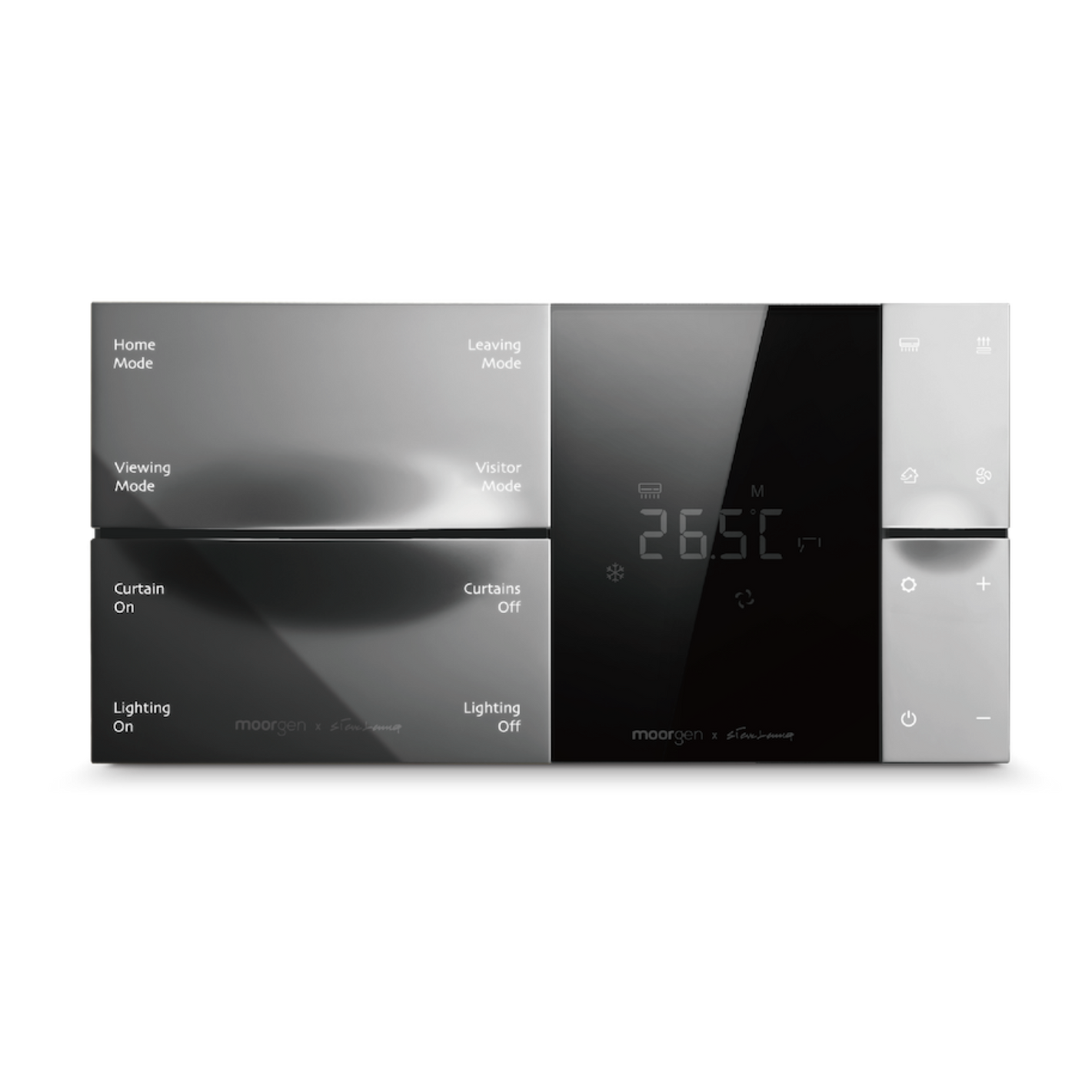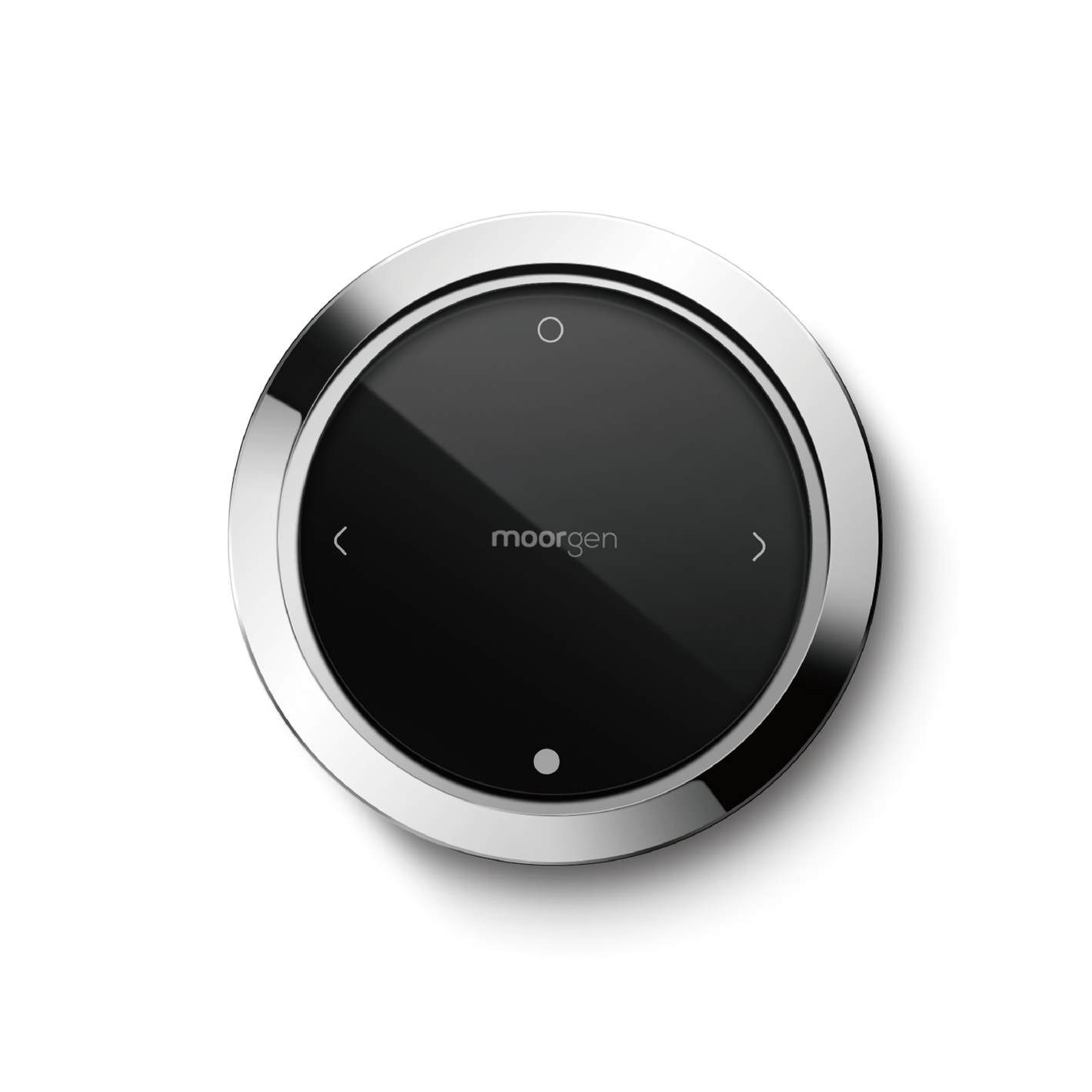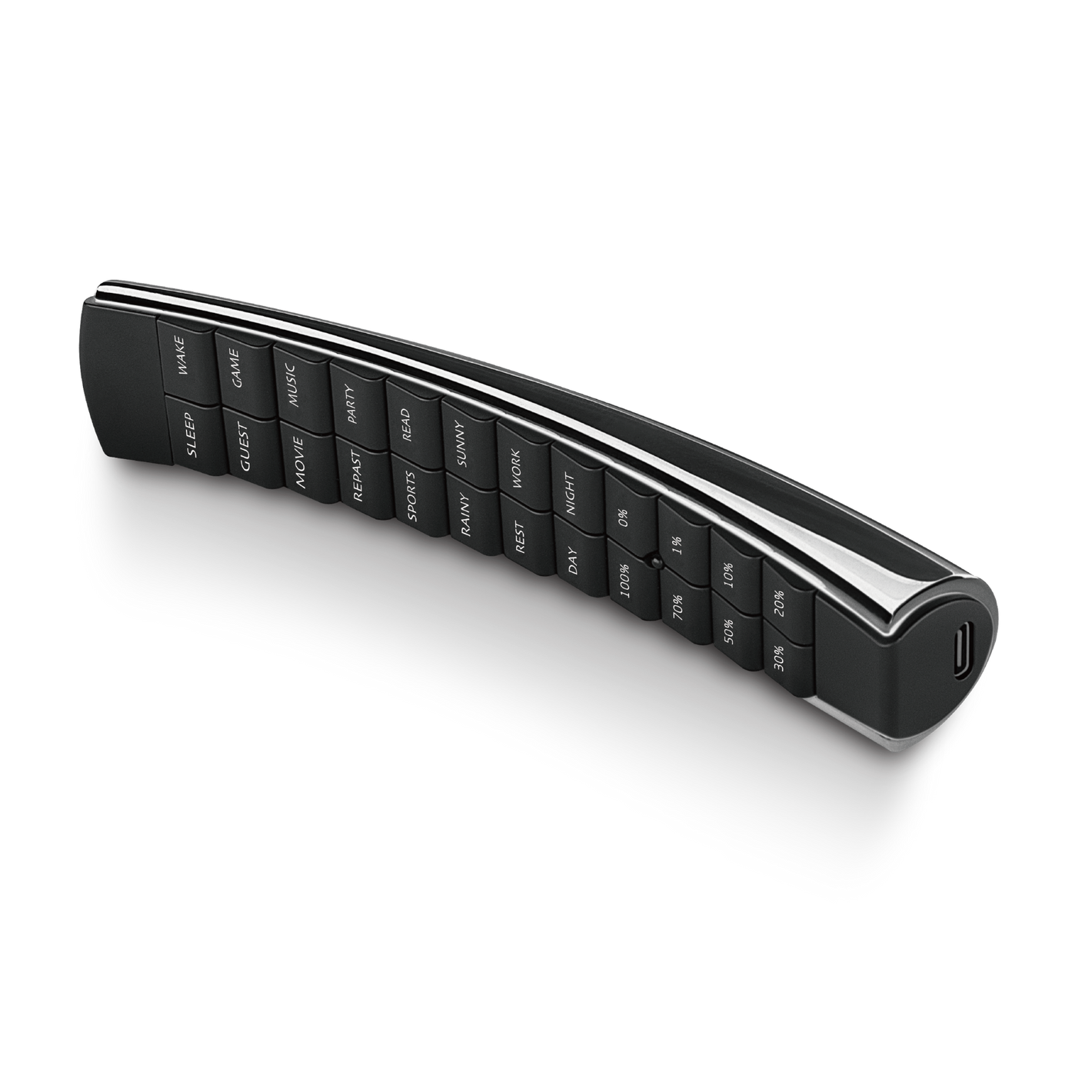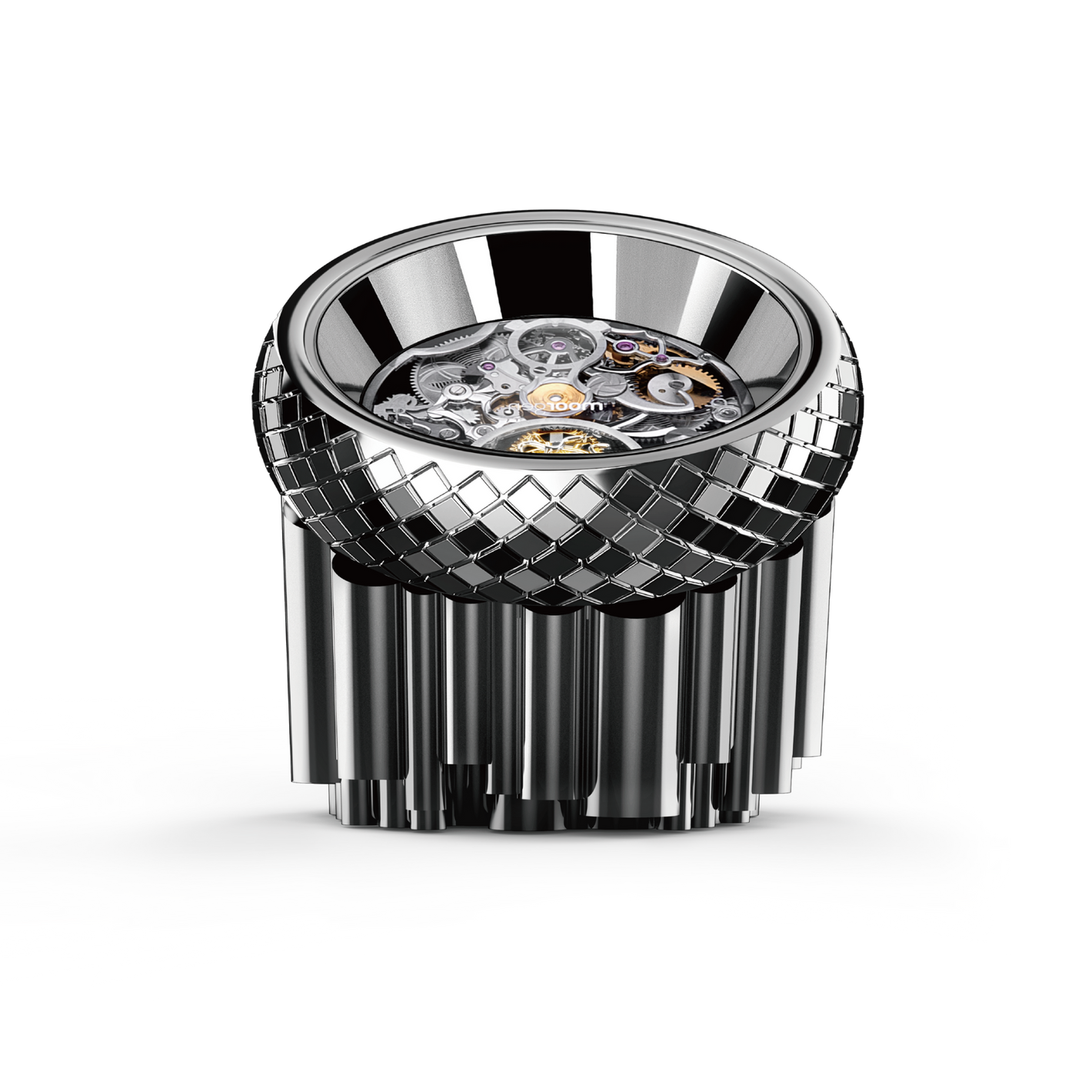Electric Fans: Proper Use and Maintenance Tips
As the summer heat intensifies, it's hard to imagine getting through the day without the refreshing breeze of an electric fan! With advancements in technology, fans have become increasingly smart, offering features like adjustable speed, direction control, timers, and remote operation. But do you really understand how to use and maintain your fan safely? This Moorgenzine article will guide you on the correct use of electric fans.
Key points covered in this article:
- Common Mistake #1 - Using parallel import fans without voltage converters
- Common Mistake #2 - Overuse
- Common Mistake #3 - Underuse
- Daily Maintenance Tips for Your Fan
Common Mistake #1 - Using parallel import fans without voltage converters
Different countries and regions have varying voltage standards. If you purchase a parallel import fan without a proper voltage converter, you risk damaging the appliance or its components due to incompatible voltage or frequency. This can potentially lead to fire hazards, especially if the fan hasn't undergone proper safety certifications.
Generally, household AC voltage standards fall into two categories: 110V and 220V. The 110V standard is commonly used in countries like the United States, Japan, and Canada, while the 220V standard is prevalent in Hong Kong, China, the UK, and Australia. Using a fan with mismatched frequency can result in malfunctions.
Before using any electrical appliance, always verify that its voltage and frequency match those of your local power supply. If you're unsure, consult with an electronics store or a professional.
Common Mistake #2 - Overuse
Using your fan year-round, especially models that can blow both hot and cold air, can lead to various issues. Overuse may cause the fan to slow down, increase noise levels, and result in motor overheating.
Fans draw in dust and pet hair from the air during operation. Without regular cleaning, these particles accumulate on the blades, grilles, and motor, accelerating the fan's aging process. Consequently, overuse leads to faster wear and tear of components, shortening the fan's lifespan.
Common Mistake #3 - Underuse
Fans are prone to rusting in humid environments. If you rarely use your fan, even during hot summers, its blades, grilles, and motor may rust. This corrosion can decrease the fan's performance, and the lubricating oil may dry out, leading to increased noise and potential safety hazards. Additionally, once a fan's battery is activated, it needs consistent use to maintain its condition; otherwise, the battery may degrade, potentially damaging the motor.
Daily Maintenance Tips for Your Fan
To ensure safe and efficient operation while extending your fan's lifespan, consider the following maintenance tips:
1. Avoid Humid or Splash-prone Areas
Prolonged exposure to moisture can cause rust on metal components like blades, grilles, and the motor. This not only decreases performance but also poses safety risks. Moreover, fans in wet environments are more susceptible to electrical leakage, which could lead to personal injury.
2. Keep Away from Direct Sunlight
Place your fan indoors, away from direct sunlight and rain. Plastic components can warp and fade under direct sunlight, potentially deforming the blades, grilles, and base. This accelerates wear and tear and affects the fan's normal operation.
3. Ensure Proper Ventilation and Movement Space
Leave at least 30 cm of space around the fan and avoid placing objects that obstruct airflow. This ensures adequate heat dissipation and allows the blades to move freely. Insufficient space can lead to ineffective cooling, increased noise, and potential safety issues.
4. Regular Cleaning
Fan blades easily accumulate dust on their undersides over time, making regular cleaning crucial. In less dusty environments, clean your fan every 3 months to maintain its performance and extend its lifespan.
Cleaning steps:
- Use a vacuum cleaner to remove dust and debris from blades, grilles, and base.
- Dampen a cloth with warm, soapy water. Wring it out to avoid dripping.
- Wipe down the blades, grilles, and base. For stubborn dirt, use a toothbrush or small brush.
- Rinse the fan with clean water, ensuring all soap residue is removed.
- Dry the fan thoroughly with a clean cloth.
5. Unplug When Not in Use for Extended Periods
Even when not in use, plugged-in appliances pose certain safety risks. They may experience electrical leakage, short circuits, or overheating, potentially causing fires or personal injury. When plugged in, a fan's internal components remain active, accelerating wear and shortening its lifespan.
After reading this Moorgenzine article, we hope you have a better understanding of how to properly use and maintain your electric fan. If you have any questions about smart home solutions, feel free to contact Moorgen for more information. Additionally, if you'd like to experience firsthand how smart locks can enhance your lifestyle, visit Moorgen's showroom in North Point, Hong Kong, to experience “Real Smart Home”.
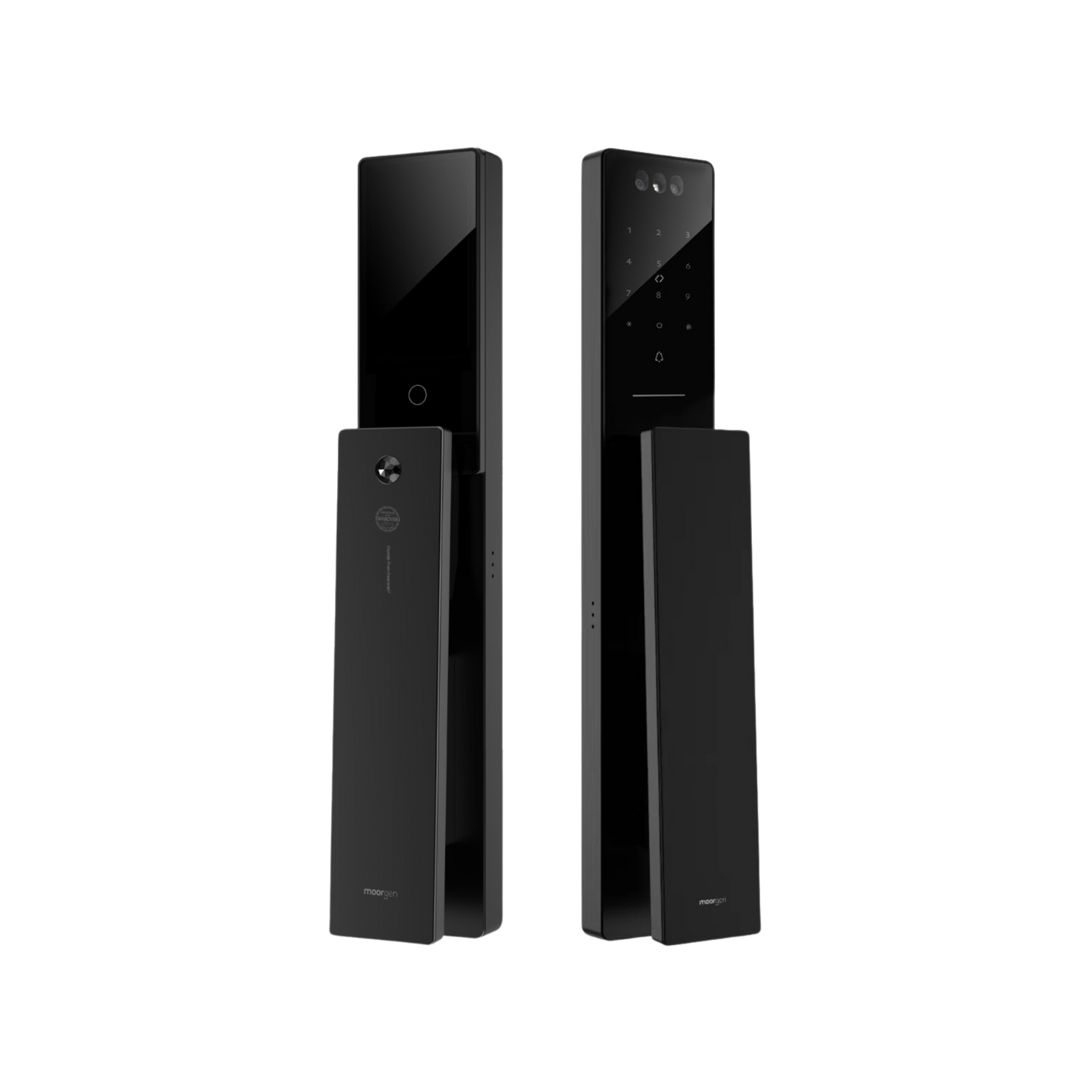




![[Smart Living] How to Choose a Smart Power Strip? Swift Transform Your Home into a Smart Home!](http://moorgen.hk/cdn/shop/articles/blog_cover_moorgen_how_to_choose_smart_power_strip.png?v=1728137093&width=533)
![[Smart Living] How to Choose LED Bulbs? Which Ones Are the Most Energy-Efficient?](http://moorgen.hk/cdn/shop/articles/blog_cover_moorgen_how_to_choose_led_bulbs.png?v=1728136975&width=533)
![[Smart Living] How to Choose an Instant Hot Water Dispenser and Use It Efficiently?](http://moorgen.hk/cdn/shop/articles/blog_cover_moorgen_how_to_choose_instant_hot_water_dispenser.png?v=1728136837&width=533)
![[Smart Living] 5 Energy-Saving Tips for Electric Kettles](http://moorgen.hk/cdn/shop/articles/blog_cover_moorgen_energy_saving_tips_electric_kettles.png?v=1728136710&width=533)
